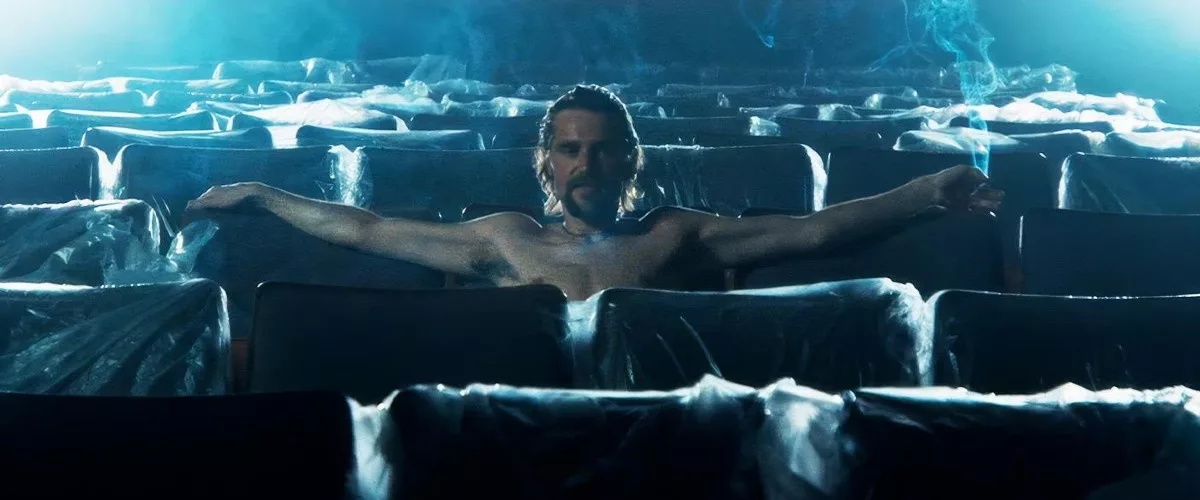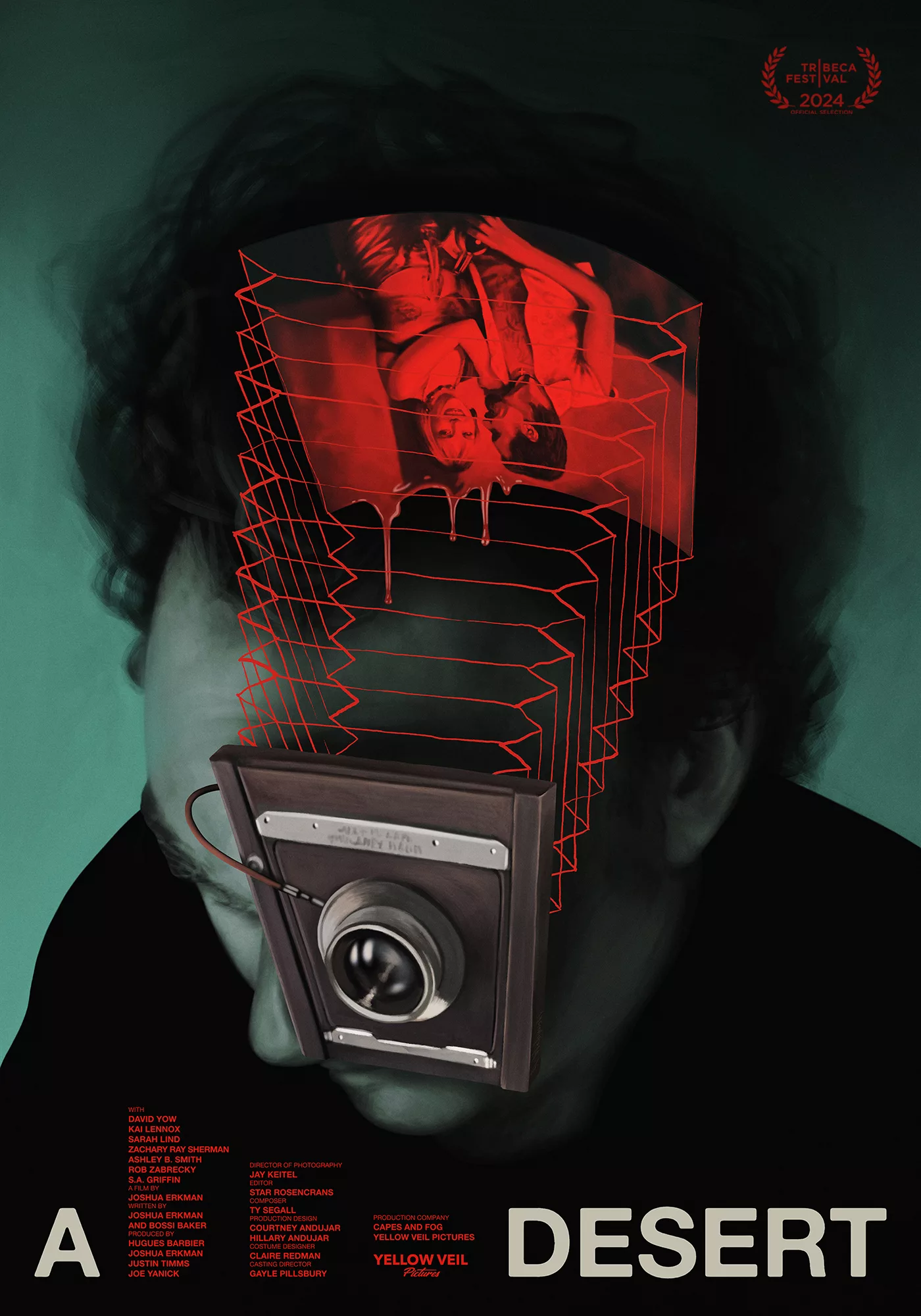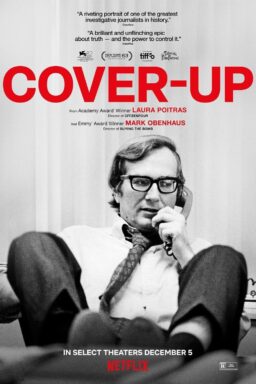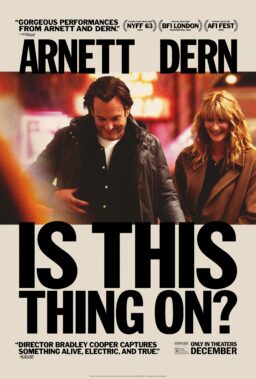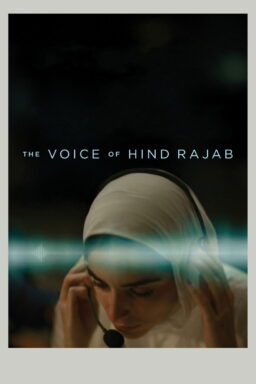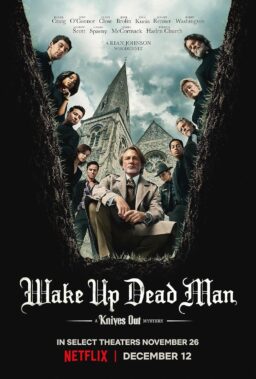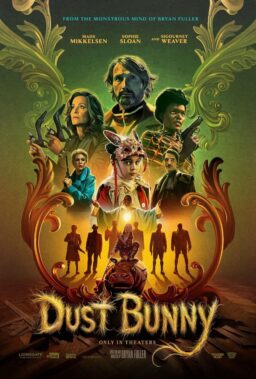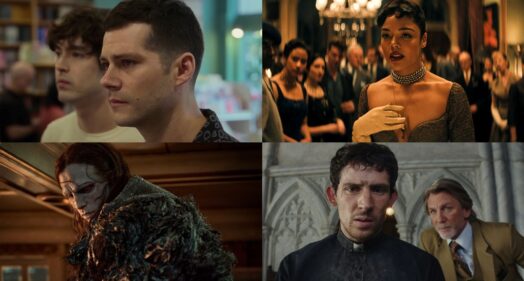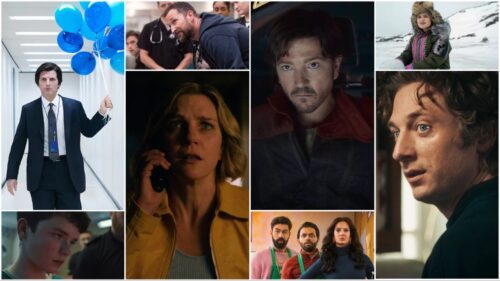What’s the nightmarish horror-noir “A Desert” all about? The answers are unfortunately clear enough, despite the built-in ambiguity of this Lynchian road-trip-gone-wrong pic. Split into two mini-narratives, a la David Lynch’s “Lost Highway,” “A Desert” initially follows an itinerant photographer, Alex (Kai Lennox), as he drives through ghost towns, cemeteries, and motels throughout the American Southwest. He’s soon cornered by two psychopathic strangers, Renny (Zachary Ray Sherman) and Susie Q (Ashley Smith), and then something dramatic happens. Then Alex’s wife, Sam (Sarah Lind), takes over the story, if only by proxy. She trails after Alex with the help of a disgraced private detective, Harold Palladino (David Yow).
There are a few insinuating sequences about defunct movie theaters, including an abandoned drive-in with a mysteriously well-maintained lot. In this way, we understand the movie’s very general concern with image-making as an extension of the human tendency to project our desires onto our loved ones and associates.
“A Desert” is more interesting to look at than to think about. Its well-marked tropes—lots of third-hand Americana and horror movie dread—never grabbed me as forcefully as its handsomely blocked and beautifully lit visual compositions, creeping score (by Ty Segall), and ambient soundtrack.
Director Joshua Erkman shows promise throughout “A Desert,” his first feature, but his movie’s unyielding scenario, co-written with Bossi Baker, makes it hard to want to hang around while thinly drawn characters vaguely establish the movie’s themes. Everyone sees what they want to see in “A Desert,” until it eventually becomes clear that there’s not much to see in Erkman’s terrestrial purgatory.
How much do we really need to know about these characters before it starts to diminish their haunted world? Alex and, later, Harold, are sympathetic audience surrogates, but the little we know about them mainly comes from tacky, pseudo-suggestive dialogue. Lennox and Yow still deliver compelling performances thanks to Erkman’s focus on his cast members’ physicality.
Not everybody’s as fun to watch as Alex and Harold, though. Susie and Renny are only so interesting, partly because their roles are generically prescribed by the gap in her teeth and her habit of hiss-purring her “s”s, as well as his dirty undershirt and ridiculous horseshoe mustache. Susie and Renny do just about what you’d expect two unsavory types to do, given that Alex only talks to them after he overhears them fighting in the motel room next to his.
Thankfully, the evocative sights and sounds of the movie’s post-human landscape tell you as much as you need to know about the movie. In some scenes, tactile noises—scuffing shoes, the crackle of smoke as it’s inhaled from a cigarette, and the soft clattering of a phone receiver as it’s picked up and then returned to its cradle—stand in for verbal dialogue. These little details aren’t necessarily meaningless, but they also aren’t very meaningful either.
Still, you can figure out some things—frankly, too much—about what’s really going on in “A Desert” from a handful of standout dialogue exchanges, like when Harold warns Sam that sometimes people have a dark second life they keep from their loved ones. That notion stands out given what does and doesn’t happen later in the movie, since the movie’s balloon-bursting climax tests Harold’s theory through character-defining action. There’s also a narratively unnecessary but thematically freighted exchange where it’s revealed that Sam has been supporting Alex financially for some time now.
On the one hand, Susie and Renny are such obvious antagonists that it becomes hard to appreciate the rest of the movie’s eerie mood. On the other hand, there’s only so much to appreciate beyond the movie’s intriguing atmosphere. “A Desert” hinges on a time-worn question of who is ultimately projecting their desires onto whom, which is only so compelling when our protagonists’ main reflective surface is yet another pair of feral grifters. Alex and Sam—and Harold, too—are also mainly exciting given their mutual fascination with their surroundings. What they’re seeking is never as interesting as the joys of watching them follow their instincts.
So what do photographs and movies mean to Alex and Sam and Susie and Renny? Not much, beyond another medium for their repressed desires. The tensest scene in the movie follows Harold and Susie as he tries to make her sit down long enough to answer his questions about Alex; he only manages it by flashing a little cash. If you think too hard about this scene, you can probably get far enough ahead of it to guess where it’s going. And while it’s tempting to focus on the actors’ chemistry and how they’re presented, there’s only so much room for mystery in a movie whose surreal ambiguity only says so much.

